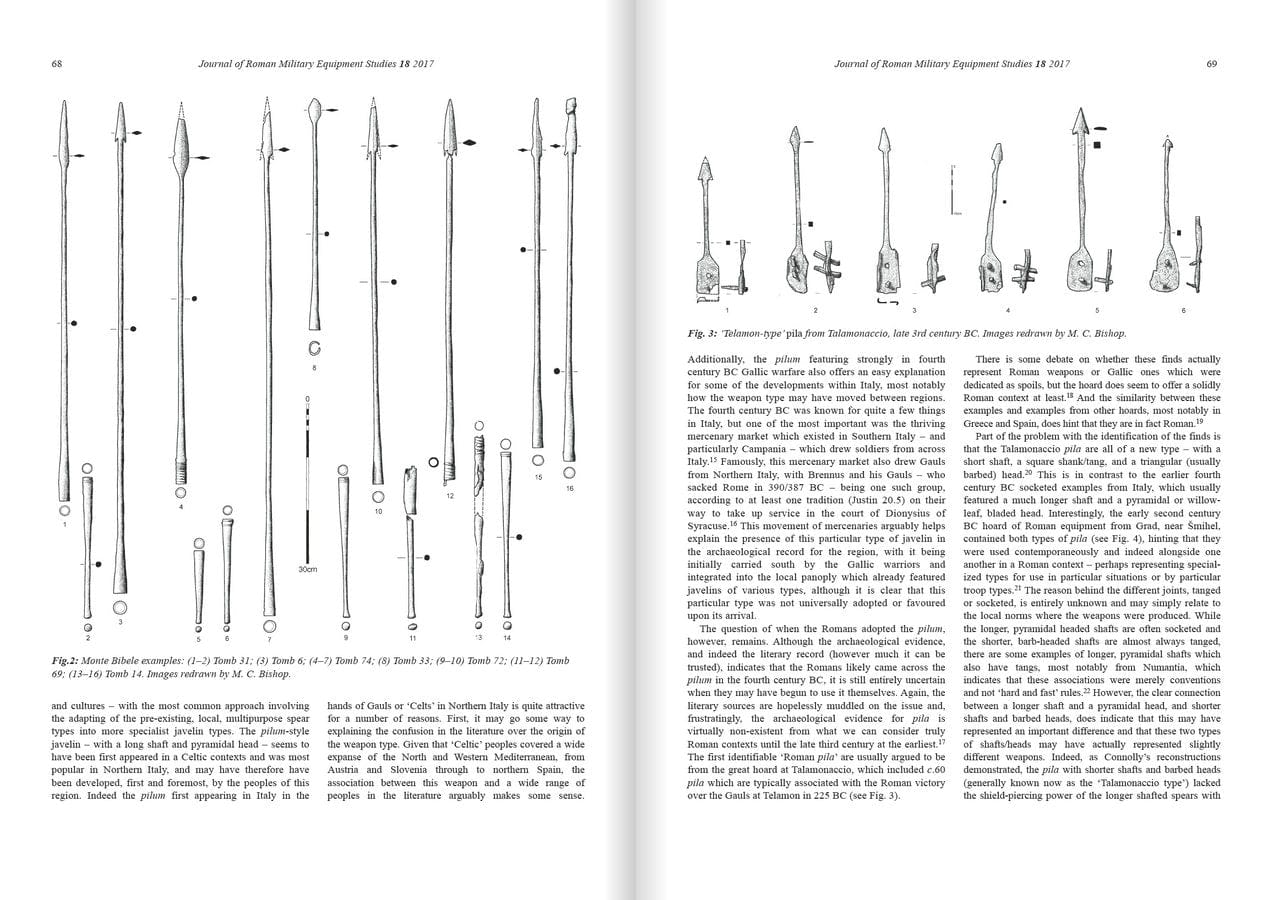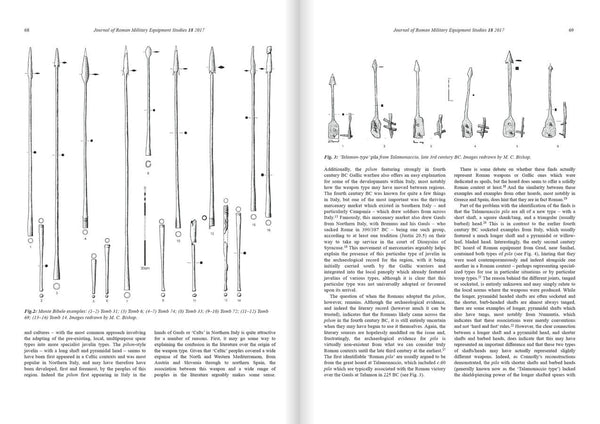Buy three Karwansaray magazines or special issues, and get the fourth one free!



















ROMEC XVIIII: General papers
ROMEC XVIIII: The Visual Impact of the Roman Soldier ed. S. Hoss
Delivery costs are calculated by location. Shipping on all orders over €200 is free! For more, see our shipping page.
We're always here to help! Whether you have questions about the order process, or just want to geek out about history, we'd love to hear from you.
Phone: +31-848-392256 (9.30am - 5.30pm GST, closed Friday)
US orders: 1-800-549-4742 (Place orders with our US answering service, 24/7)
Email: Contact the helpdesk
Mistake, mix-up or damaged product? No problem! Just let us know and we'll get everything sorted out ASAP.
Phone: +31-848-392256 (9.30am - 5.30pm GST, closed Friday)
Email: Contact the helpdesk
Subscribe now
© 2025, Karwansaray Publishers Setup by Ecommerce Pro
